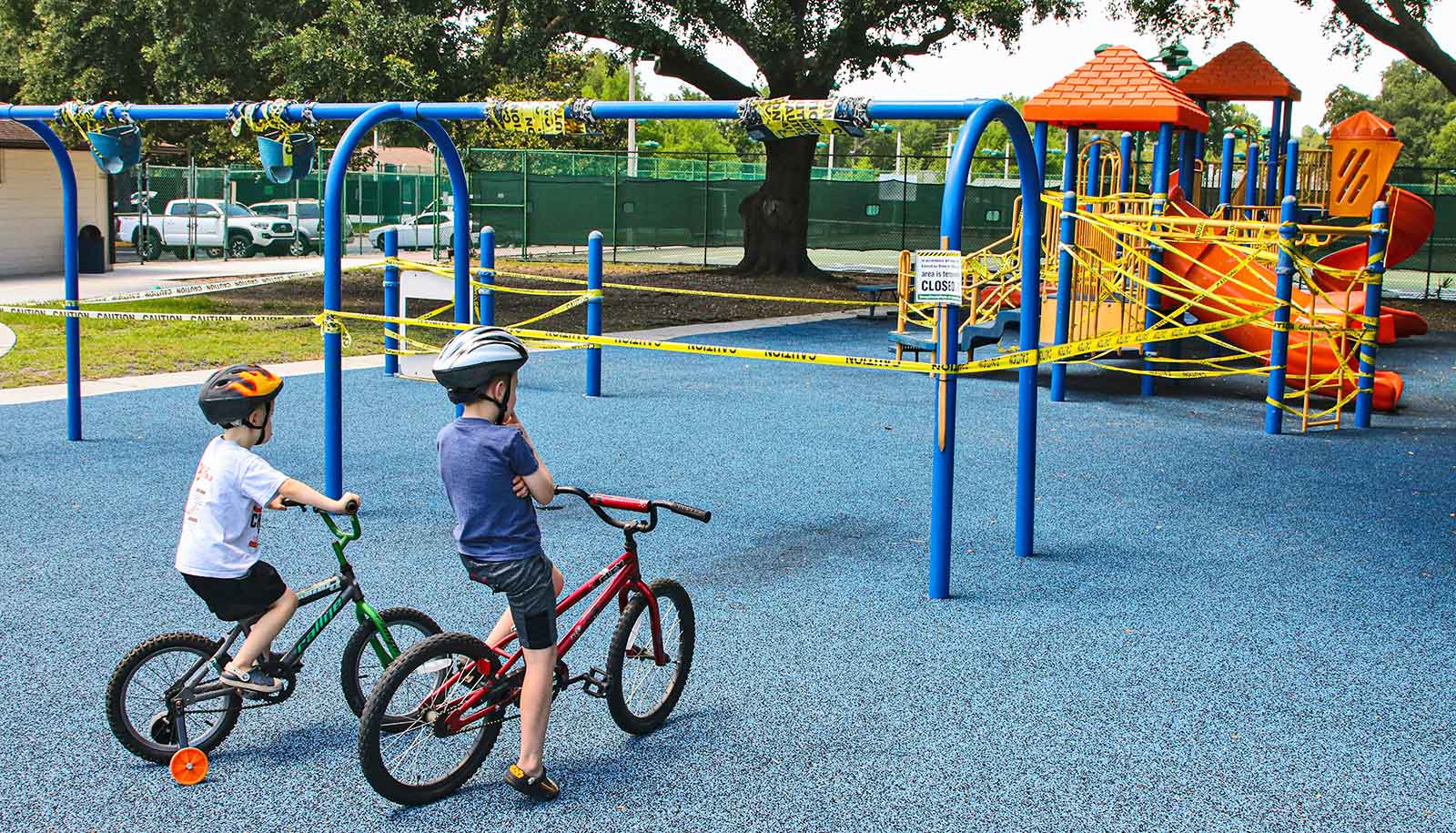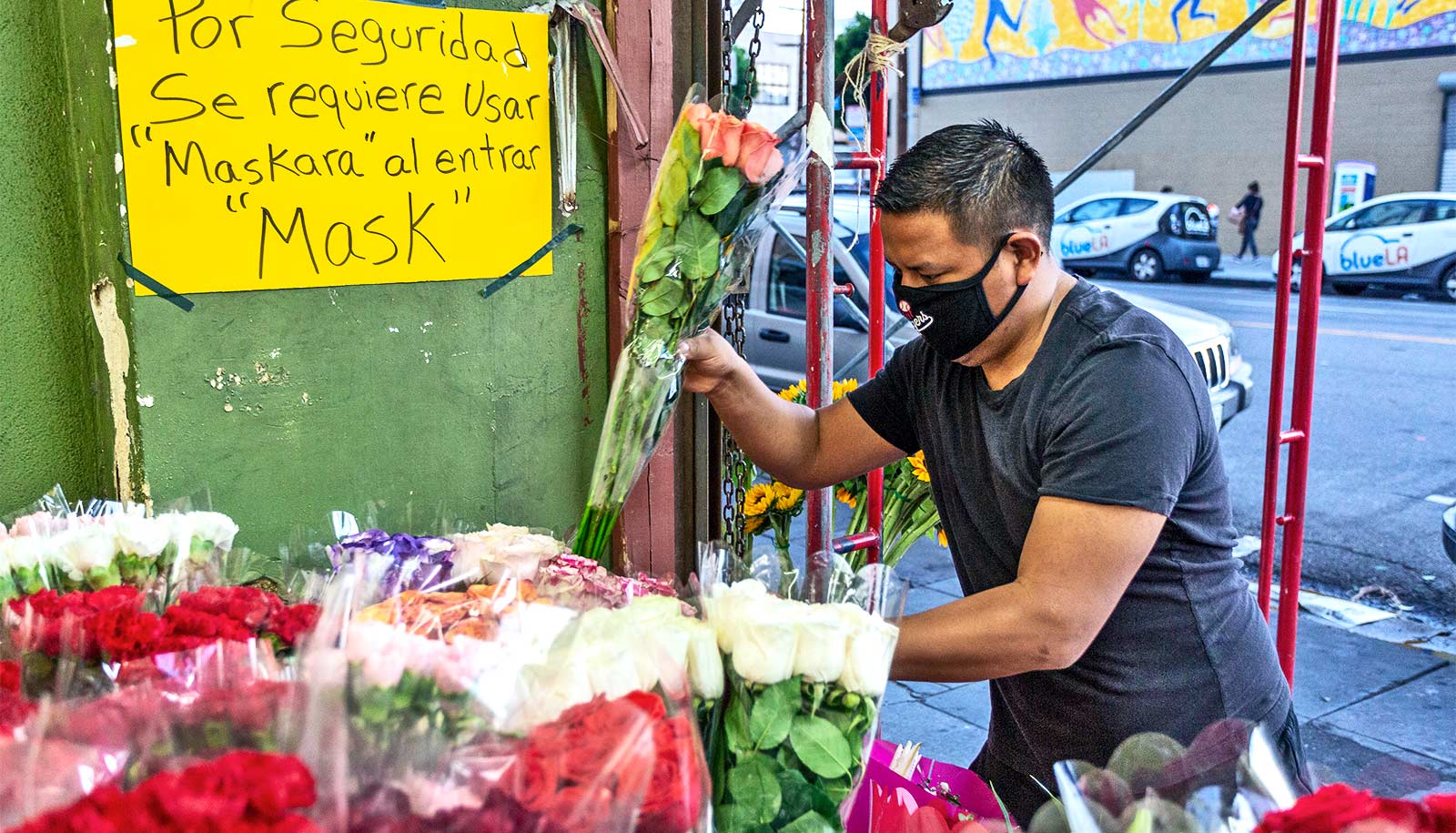In the absence of a COVID-19 vaccine, social distancing measures may need to remain in place until mid-2021, according to a new study.
A cautious, measured approach to relaxing COVID-19 restrictions will protect the most vulnerable members of society and support the health service, experts say.
Researchers used a detailed mathematical model calibrated against data on the age distribution of cases, as well as the changing numbers of those hospitalized and dying as a result of the disease, to forecast both the short and long term impact of disease as lockdown measures relax.
The researchers found that significant relaxation of social distancing measures could lead to a rapid resurgence of COVID-19 disease. Such a sizable, second epidemic wave could overwhelm the health system, they say. In all considered age-shielding based strategies they projected serious demand on critical care resources during the course of the pandemic.
In contrast, the reintroduction and release of strict measures on a regional basis, based on ICU bed occupancy, results in a long epidemic tail, until the second half of 2021, but ensures protection of health service workers.
For the study, researchers simulated a selection of scenarios to assess the effects of different approaches to relaxing social distancing measures starting in May 2020 and assessed the impact on the estimated number of patients requiring inpatient and critical care treatment and deaths as key quantities of concern.
The future strategies investigated included: the impact of reducing adherence with the lockdown rules; ongoing shielding of elder age groups while relaxing measures for younger members of the population; and short application of stringent social distancing measures using region-based triggers that came close to ICU hospital capacity.
“Our model predicts that, if significant relaxation of social distancing measures was introduced in May, the UK would have experienced a rapid resurgence of COVID-19 and the health service would be overwhelmed by a second epidemic wave,” says Matt Keeling, professor at the University of Warwick and director of the Zeeman Institute for Systems Biology and Infectious Disease Epidemiology Research.
“To prevent this second wave, we require strategies in which the social distancing measures are relaxed slowly, either gradually across the entire population or by targeting different regions or age-groups. Ultimately, the scenario which minimizes deaths from COVID-19 requires long-term social distancing until a vaccine can be delivered.”
“We are working round the clock to understand the complex patterns of spread, and find ways in which life can take steps back towards normality without endangering lives,” adds Michael Tildesley, professor at the University of Warwick.
“The COVID-19 pandemic is the largest event that we have been involved with in our careers, and we are keen to do anything that we can to help to provide advice that will help to control the spread of disease and to protect the most vulnerable members of society.”
The research also provides evidence in support of the lockdown measures the UK government introduced in late March in order to control the growth of the epidemic, the researchers say.
Source: University of Warwick



